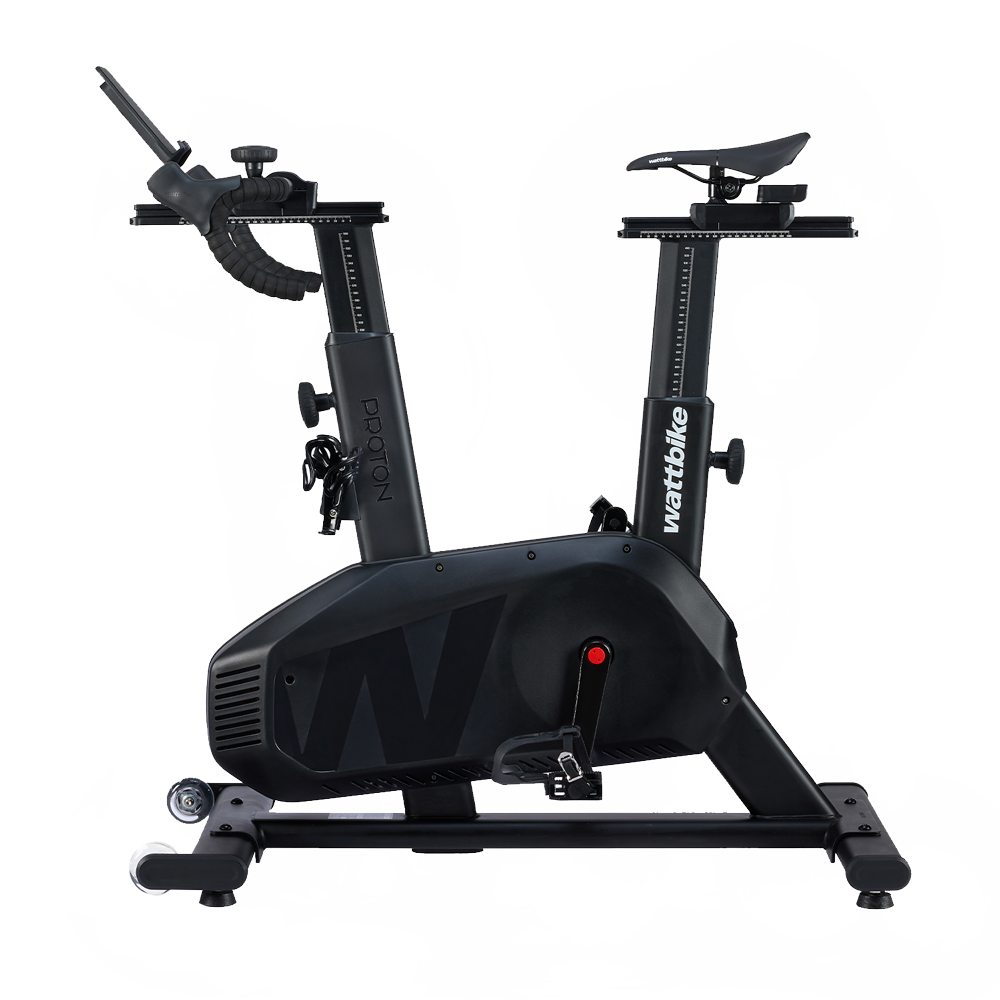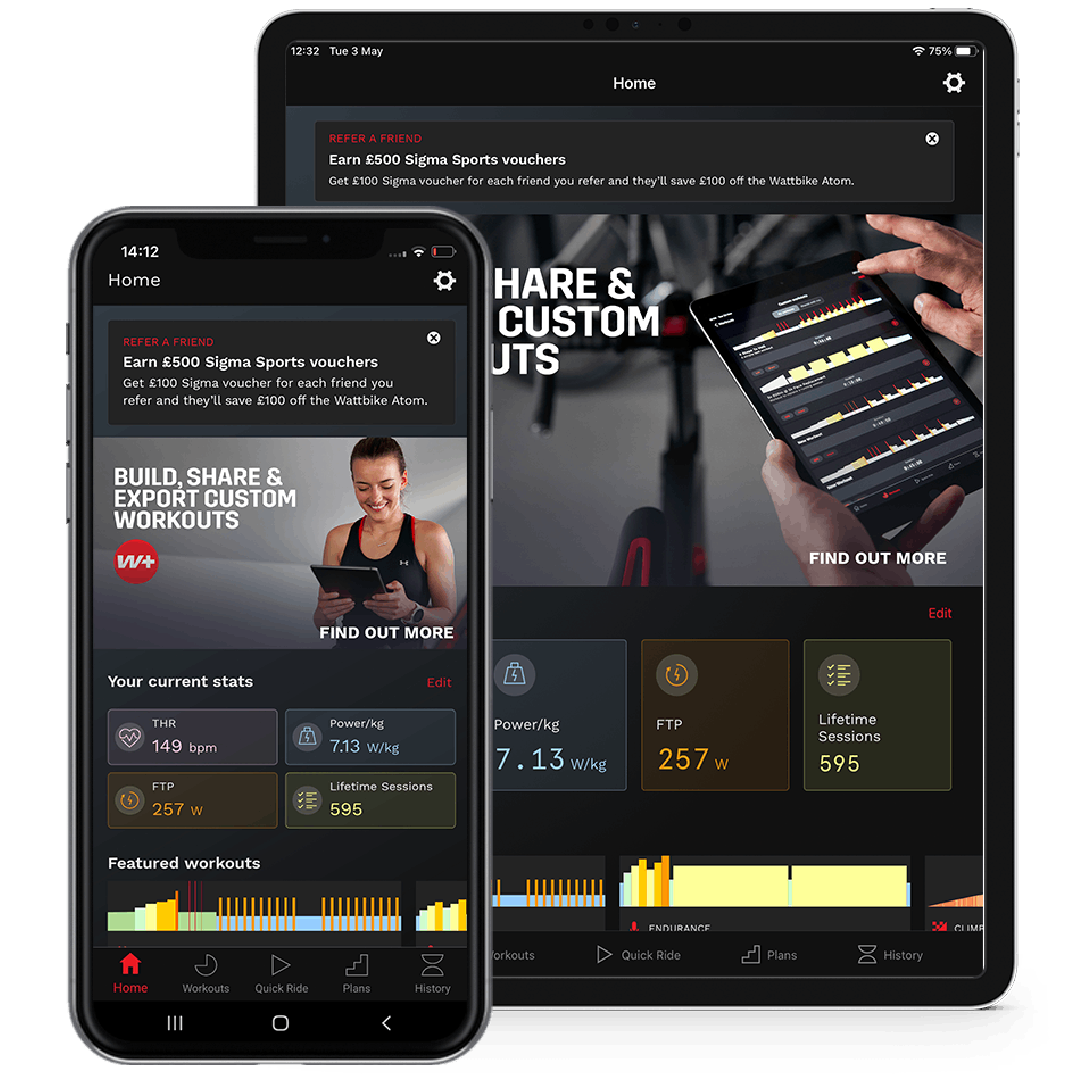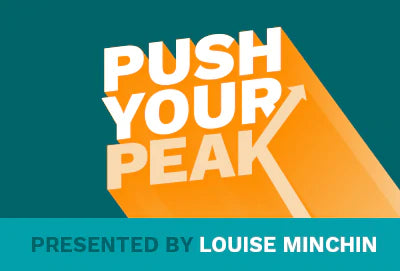Your Cart is Empty
shop
training & apps
support & services
news & information
Is Long Distance Base Training An Effective Winter Training Method?
January 23, 2017 3 min read
Winter is traditionally the time of year that cyclist’s work on their endurance with long, slow rides. After a month of recovery at the end of the season, followed by a month of half-hearted riding interspersed with Christmas parties, January signals the time to get the winter bike out in earnest and start plodding through the winter miles.

This received wisdom has been knocking around for years and it’s a hard one to shake. The handily named LSD (long, slow, distance) training, became popular in the 1960’s and 1970’s. It was also around this time that periodisation became a trend, mainly thanks to the work of eminent coach Arthur Lydiard. Periodisation is the dividing up of the year into different training segments with emphasis on developing different areas of fitness at different times, including this technique can help you find ways to improve your winter cycling.
Base training was the first phase of the cycle. It was believed that it was essential before you were able to undertake the higher demands of interval training. Base training meant that for anyone with summer racing goals the high volume, low intensity work had to happen in winter. It’s a training axiom which has proved tenacious, but when the weather is poor is that really the best time to be out riding for a long time, especially at a slow, steady pace that won’t necessarily even keep you warm?
Coaching and training ideas are constantly changing and refining, the rigid boundaries of working only on one aspect of fitness at a time is looking decidedly old-school now. Newer research suggests that working on endurance alongside speed and power doesn’t necessarily slow or inhibit adaptations. Emphasis is placed on progressively stretching several aspects of fitness within the same training cycle. So it's ok to include both long easy rides and intense sessions. You don’t need to just slog out the long miles.
Another training myth that hangs around is that the only way to build your endurance is to do lots of long, slow miles. If your goal this summer is a hundred mile sportive then you might already be pushing up your mileage. When daylight hours are in short supply getting a really long ride done without lights can be a challenge! However, interval training whether it is short, sharp high-intensity HIIT sessions or slightly more sustained twenty-minute sweet-spot rides are also developing your endurance abilities.
Numerous researchers have shown that regular HIIT sessions can result in similar cardio-vascular adaptations to that of traditional slow, continuous endurance exercise. Some studies show superior results and in much less training time - the biggest selling point of HIIT. For example in this study half-marathon runners trained using either only long, slow continuous distance runs at the weekend or shorter but more intense run sessions that could be fitted in after work. When it came to running their half-marathon there was no significant difference in their performance.
When it comes to HIIT there are numerous studies but one of the earliest showed that high-intensity intermittent exercise not only improved anaerobic capacity, as you might expect, but also maximal aerobic capacity, a measure of endurance. A HIIT session is a great way to get both fitness benefits in one short session.
You will still need long rides to help train your body to cope with the riding posture and to learn pacing and fuelling strategy but you can get the benefits in a fraction of the time, useful to know when the weather is bad.
Some riders absolutely love winter riding, (and I admit I am one of them). It is all about camaraderie and café stops. Unstructured riding, chatting to your mates, not having to sweat, grunt and hit numbers. Winter riding is sociable, easy and fun. No wonder the LSD training myth has been so hard to shift! But, when conditions are poor, especially if roads are icy, forcing yourself out on a long ride is unpleasant, even dangerous. And, even though we love it, not everyone wants to sit on the Wattbike for four hours whether that is in the garage or your custom made ‘pain-cave’.
Instead, take a more modern approach and include a mix of shorter but harder sessions that can be done indoors (take a look at our HIIT sessions for inspiration) and keep longer rides for days when the weather is good and you are itching to get outside.
Also in Training

Why Benchmarking Matters
December 29, 2025 5 min read
Ever wonder why some athletes make rapid gains while others plateau? The secret isn’t just hard work, it’s benchmarking. Without knowing your starting point, training can be guesswork. The right test, from an FTP or ramp test for endurance to short maximal efforts for power, gives you the data to train smarter, not harder. Benchmarking transforms every session into a targeted, purposeful workout, accelerates progress, and ensures recovery is effective. Plus, regular re-testing keeps your training in sync with your improving fitness, so you stay ahead of stagnation and build sustainable, long-term performance. Discover how to train with clarity, confidence, and measurable results.

Balancing the Gym With Off-Feet Conditioning
December 18, 2025 5 min read
Building lasting fitness isn’t about training more - it’s about training smarter. We want tog ive you the tool toStart Strong, Stay Strong this 2026 and explain how to balance gym-based strength training with off-feet conditioning, to create a structured weekly routine that supports performance, recovery, and consistency. Whether you train three, four, or five days a week, this guide shows how the right training split helps you build strength, improve cardiovascular fitness, reduce injury risk, and maintain momentum throughout 2026 with a plan you can actually stick to with your Wattbike.

Motivation vs Discipline: How to Build Training Habits That Last All Year
December 17, 2025 4 min read
Motivation alone won’t make 2026 your strongest training year - consistency and structure do. Start Strong, Stay Strongexplains how building sustainable habits, using structured training plans, and relying on repeatable routines can help you train consistently, even when you don’t feel like it. From planning sessions like work appointments and setting SMART micro-goals to habit stacking and following structured Wattbike Hub programs, this guide shows how discipline, not willpower, turns intention into action, helping you improve fitness, endurance, and performance all year long.
Get the latest!
News, training tips, offers and more, straight to your inbox.








